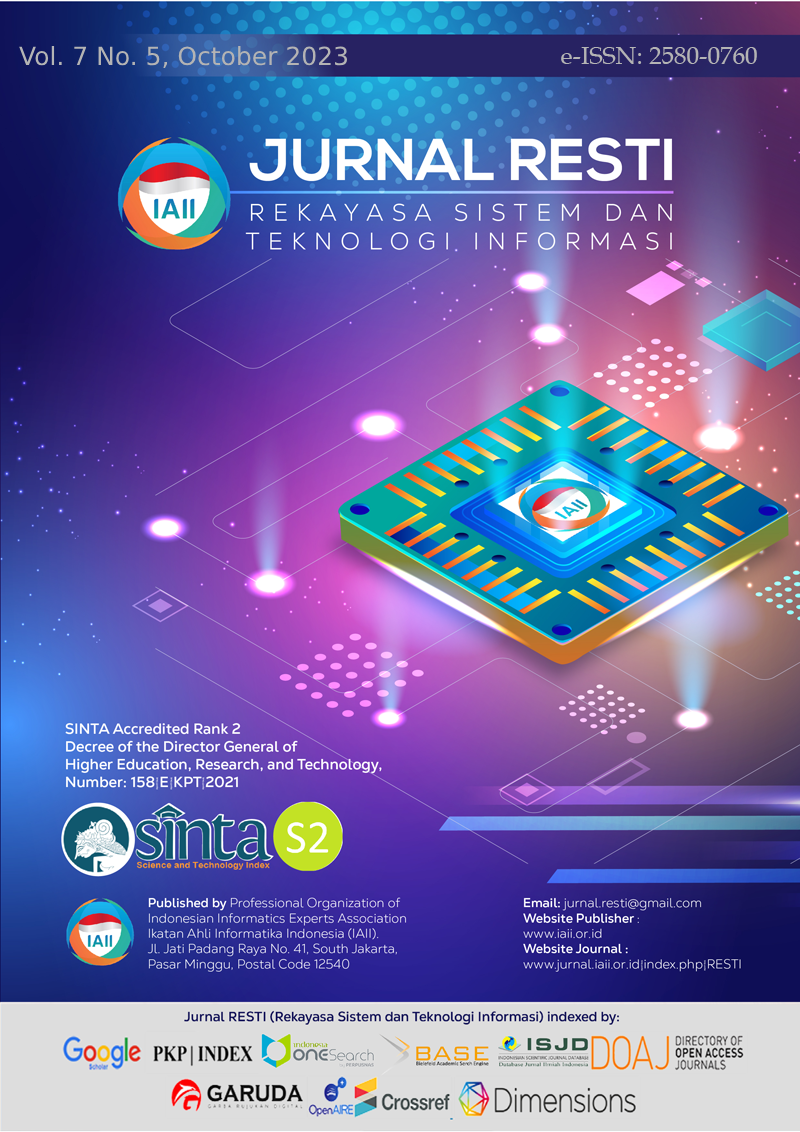Critical Factors to Improve Teamwork Quality in Indonesian Startups Using aTWQ Framework
Abstract
Due to the ever-changing needs of IT in today's businesses, agile software development has become popular due to its adaptive capabilities. Startups are among those who continuously strive to meet changing needs. Despite the potential benefits of the Agile methodology, teamwork quality remains a challenge. Furthermore, the global recession has made it increasingly important for startups to have effective teamwork, given the high level of uncertainty that leads to challenges in surviving, especially with cost-cutting and downsizing efforts. Therefore, this study aims to evaluate teamwork quality in Indonesian startups using the Agile Teamwork Quality (aTWQ) approach. TWQ is a comprehensive set of criteria designed to assess teamwork quality in agile environments. The primary objective of this study is to identify the factors that most strongly increase the quality of teamwork of Indonesian startups. To achieve this objective, data will be collected from Indonesian companies using an online survey based on the aTWQ framework. The challenges were identified most on the dimensions of cohesion, balance of contribution, and effort. The findings of this study are consistent with previous research, which may hopefully help start-ups in Indonesia improve their teamwork quality and achieve greater success in their respective industries.
Downloads
References
[2] A. Schmitt and S. Hörner, “Systematic literature review – improving business processes by implementing agile,” Business Process Management Journal, vol. 27, no. 3. Emerald Group Holdings Ltd., pp. 868–882, 2020. doi: 10.1108/BPMJ-10-2019-0422.
[3] R. Julianasari, T. Raharjo, B. Hardian, and T. Simanungkalit, “Critical Failure Factor using TOPSIS Method-A Case Study of An Indonesian Poultry Agrotechnology Startup,” J Theor Appl Inf Technol, vol. 31, p. 20, 2022, [Online]. Available: www.jatit.org
[4] J. Lugnet, Å. Ericson, and A. Larsson, “Realization of Agile Methods in Established Processes: Challenges and Barriers,” Applied Sciences, vol. 11, no. 5, p. 2043, Feb. 2021, doi: 10.3390/app11052043.
[5] J. Bechtel, C. Kaufmann, and A. Kock, “Agile Projects in Nonagile Portfolios: How Project Portfolio Contingencies Constrain Agile Projects’ Teamwork Quality,” IEEE Trans Eng Manag, vol. 69, no. 6, pp. 3514–3528, Dec. 2022, doi: 10.1109/TEM.2021.3130068.
[6] M. Cucculelli and V. Peruzzi, “Post-crisis firm survival, business model changes, and learning: evidence from the Italian manufacturing industry,” Small Business Economics, vol. 54, no. 2, pp. 459–474, Feb. 2020, doi: 10.1007/s11187-018-0044-2.
[7] T. Raharjo, B. Purwandari, and R. Satria, “Critical Success Factors for Project Management Office: An Insight from Indonesia; Critical Success Factors for Project Management Office: An Insight from Indonesia,” 2018.
Copyright (c) 2023 Jurnal RESTI (Rekayasa Sistem dan Teknologi Informasi)

This work is licensed under a Creative Commons Attribution 4.0 International License.
Copyright in each article belongs to the author
- The author acknowledges that the RESTI Journal (System Engineering and Information Technology) is the first publisher to publish with a license Creative Commons Attribution 4.0 International License.
- Authors can enter writing separately, arrange the non-exclusive distribution of manuscripts that have been published in this journal into other versions (eg sent to the author's institutional repository, publication in a book, etc.), by acknowledging that the manuscript has been published for the first time in the RESTI (Rekayasa Sistem dan Teknologi Informasi) journal ;








